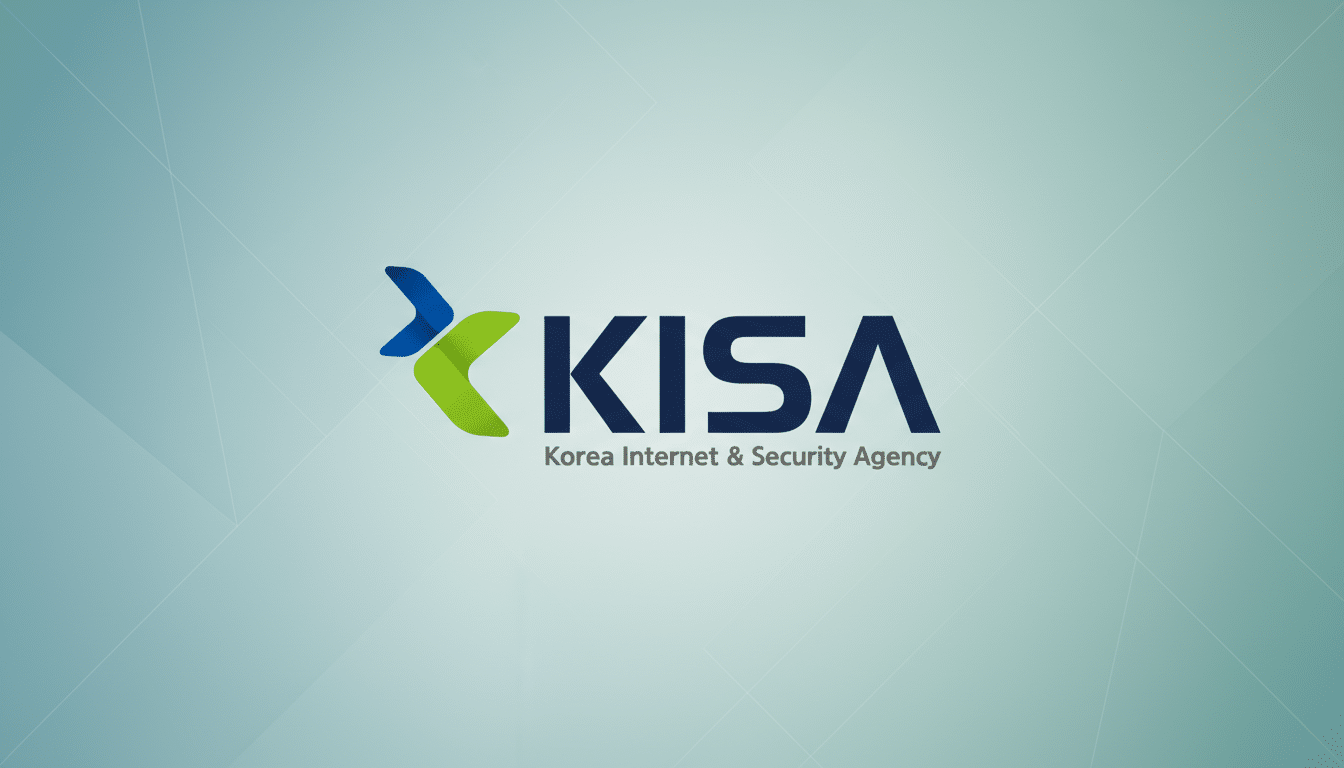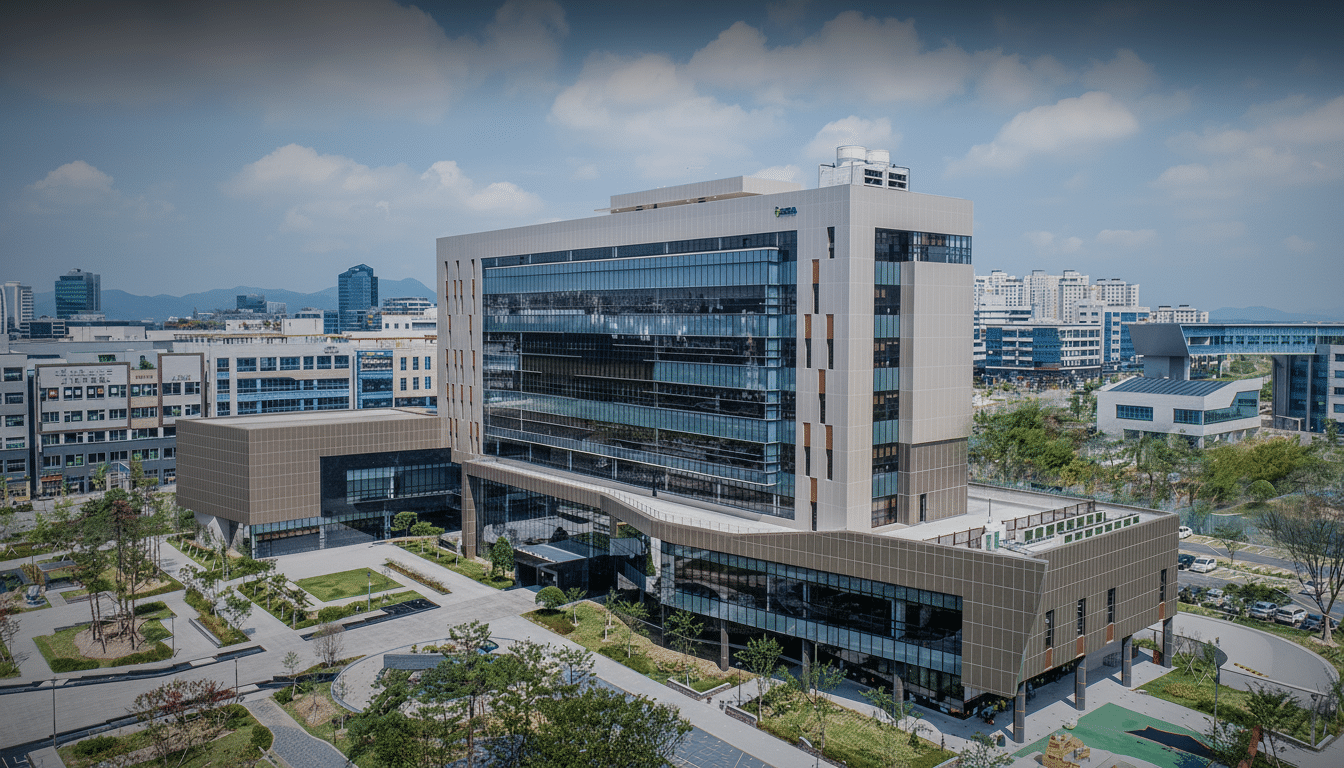South Korea’s digital success is astounding: Its broadband network is the world’s fastest, and Seoul is widely known as the most wired city on the planet.
And not a moment too soon: A drumbeat of new, major breaches — at least one a month by industry tallies — has underscored how brittle its cyber defenses are.

By hitting everything from telecoms and fintech companies to hospitals and government systems, attackers are picking away at deficiencies in governance, talent and simple resilience that chip away at a nation otherwise associated with technological prowess.
A World-Class Network, Patchwork State Defenses
On paper, South Korea’s supervision of its cybersecurity is robust. Policy guidance is controlled by the Ministry of Science and ICT, incident response and public awareness are managed by the Korea Internet and Security Agency (KISA), national security threat monitoring falls under National Intelligence Service authority, while privacy enforcement is led by the Personal Information Protection Commission. There are also roles for financial regulators, the communications watchdog and sectoral ministries.
In reality, that breadth often becomes a constraint. Companies also describe confusion about who is in charge when the breach is occurring, and when investigators show up, they can do so simultaneously rather than as a cohesive unit. There is no first responder with clear authority, leaving a gap during a breach’s critical hours when containing the breach and preserving evidence are most crucial.
In the past, South Korea’s Board of Audit and Inspection has called for such clarity on who was in charge of response to incidents as well as data sharing among agencies, as have industry groups like the Korea Information Security Industry Association. Absence of a single point is replaced by crisis-by-committee — good for policy, terrible for live intrusions.
A Rapid-Fire Wave of Raids Tests Cyber Defenses
The threat landscape is unforgiving. Ransomware teams target hospitals and universities. Business email compromise hits exporters. Groups aligned with state actors — organizations that researchers have identified as Lazarus, Kimsuky and Andariel — attack defense suppliers, the media and the public sector using spearphishing, credential theft and exploiting software supply chains.
KISA’s Internet Security reports show consistent increases in volumes of ransomware, phishing attempts and smishing — text message fraud taking advantage of Korea’s high mobile usage — that practically generate hundreds of thousands of consumer complaints annually. Incident responders like Mandiant confirm that dwell times in Asia-Pacific tend to be higher than in North America, suggesting less ability to detect threats ahead of time.
Even when the attacks fail to cause catastrophic outages, near misses point up systemic vulnerabilities: inadequate separation between IT and operational systems, unpatched gateways, weak multi-factor authentication and sprawling vendor access. It is the accumulation of small cracks that enables the “one breach a month” cadence.
Talent Shortage vs. Expanding Attack Surface
South Korea’s skills gap is a force amplifier for the attackers. Multiple editions of ISC2’s global workforce studies have consistently pointed to a shortfall of millions of cybersecurity professionals in Asia-Pacific. Korean companies, particularly small and mid-size manufacturing concerns that are the backbone of the export economy, tend to depend on thinly staffed IT teams or overburdened managed security providers.

The spread of cloud, 5G and AI into factories, logistics and payments increases the vulnerability still more. Every new integration — smart sensors on a factory line, an API feeding into a partner platform — introduces new points of entry. The enemy of complexity is the continuous discovery, identity governance and patch orchestration that clearly underpin the war on bad guys.
Resilience isn’t just about keeping intruders out; it’s also about bouncing back after they do get in. A nationwide disruption caused by a data center mishap several years ago, though not a hack, showed how concentration risk and brittle failover plans can ripple through daily life. Cyberattacks exploit the same brittleness.
Centralization Push and the Risk of Politicization
Policymakers have tossed out the idea of a new and more powerful “control tower” in the presidential office, to coordinate a cross-ministerial response, and allow investigators power to investigate at an early indication of compromise—even if it’s before companies are forced to submit their reports.
Proponents say it would at last fix the first-responder void that hobbles containment.
There are concerns among some critics that doing so will stifle transparency, politicize incident disclosures or eclipse regulators like the privacy commission. A durable model would combine centralized coordination with legal guardrails; clear, transparent audit trails; and public metrics that hold agencies accountable without obscuring their mandates.
What Would Really Move the Needle on Cyber Resilience
South Korea analysts in the United States rally around a down-to-earth playbook for what needs to be done.
- Require the rapid, standardized reporting of incidents across all sectors with safe-harbor clauses that provide incentives for early disclosure.
- Authorize a single operating lead for national incident response and include authorities in advance with combined exercises between MSIT, KISA, NIS, police and sector regulators.
- Raise minimum baselines for critical infrastructure and large platforms: zero-trust identity controls, endpoint detection and response, immutable backups that are tested through regular restore events with proven results, secure-by-default cloud configurations verified by independent audit. Procurement can even help speed this up by demanding adherence to common frameworks that are MITRE ATT&CK mapped.
- Grow the talent pipeline: increase cyber scholarships, transition veterans with signals and IT experience, scale hands-on training through cyber ranges. Bug bounties, coordinated disclosure of vulnerabilities and sharing details about threats can harness the crowd to defend early submitters rather than late scapegoats.
Measure Resilience, Not Press Releases or Promises
Monthly headlines are a symptom; the only cure is measurable improvement. Agencies and boards should be keeping an eye on mean time to detect and respond, the percentage of critical assets that have multi-factor authentication, patch latency for high-severity vulnerabilities, as well as how often and how widespread red-team exercises are. Making these measures available to the public — anonymized as needed for privacy concerns — would be a signal of progress and help enforce accountability.
South Korea has the digital infrastructure, engineering talent and industrial scale to establish a regional benchmark in cyber resilience. To make the most of that potential, we need fewer overlapping playbooks and more collective action. Until then, a breach every month will erode public confidence in the country’s cyber shield.

